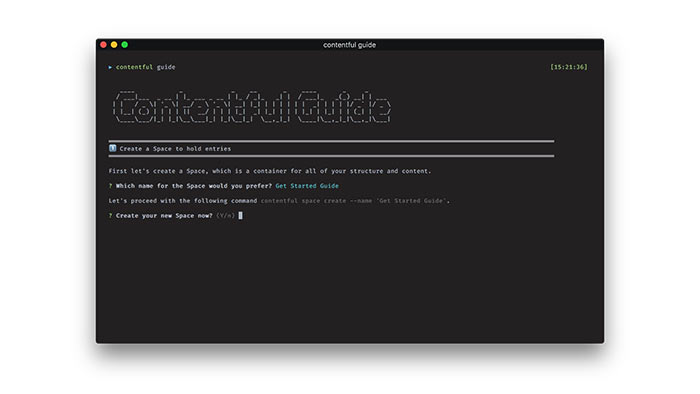What's your query?
GraphQL’s strength lies in its flexibility and specificity of the query language. In a single query parameter, you can ask for exactly what data you want. These GraphQL data types and fields within the following query string can affect the API rate limits on cache, scalars and enum type query values. Applications run faster because compact queries return small responses without unnecessary data and developers are more productive because of GraphQL's self-documenting nature.
This course teaches you how to get started with GraphQL, React and Contentful. The topics cover GraphQL tooling, reuse of units (or fragments), directives, query variables, complexity costs, navigating through aliases, mutations of specific fields, and more.
After finishing the course, you can learn more about GraphQL’s integration with Contentful. Read our docs on the implementation of GraphQL’s functional equivalent to REST APIs. Explore a demo space and build an example query, with access to the GitHub repo, in our GraphQL schema tutorial.
Are you ready? First, sign up and create a free Contentful account. Then start learning GraphQL by watching the course.

